Learn how to care for ghost plants –expert tips on growing these ethereal succulents
Whether grown indoors or out, ghost plants are hauntingly beautiful


You may think you've seen it all when it comes to succulents. But ghost plants offer a unique beauty that's hard to resist.
Their name derives from the ghostly pale shade of their foliage, which comes from their natural coating of a powdery wax.
'Their leaves are covered with a powdery wax to help shield them in full sun and protect water stored in their leaves during droughts. If possible, avoid touching their leaves because this rubs off easily,' explains Annie Schreck Research Director & Editor-in-Chief at Mountain Crest Gardens.
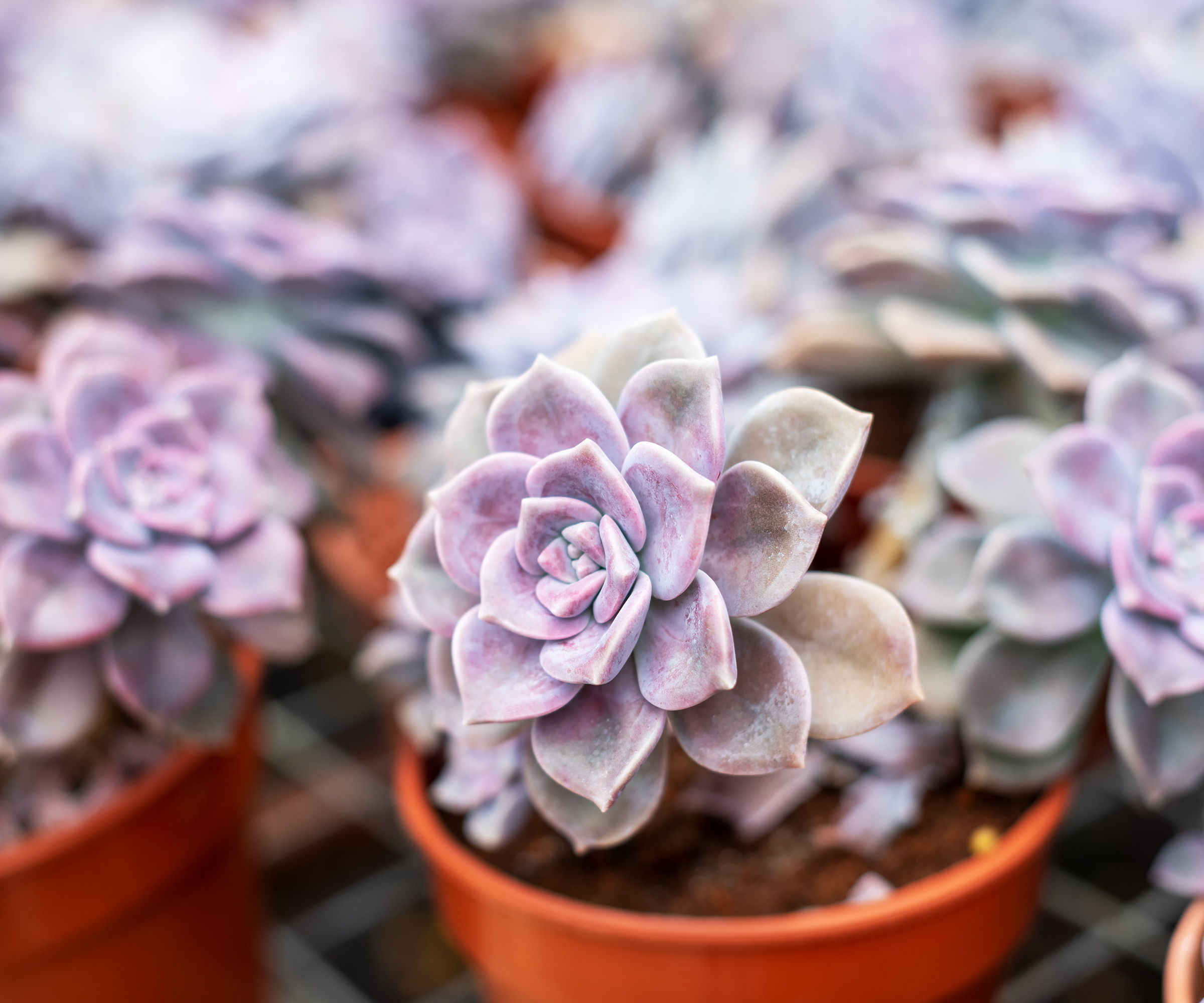
Expert care advice for ghost plants
'Ghost plant is the common name for the species Graptopetalum paraguayense,' says Annie Schreck.
'It occasionally grows in a variegated form, and has been hybridized with other types of succulents to produce lots of new varieties like the pink 'Alpenglow', variegated 'Titubans', the pearlescent 'Fantome', the stunning 'Purple Haze', and many many more,' she says.
Ghost plant care is largely similar to caring for other succulents, in that they favor well-drained soil and dislike too much water. They can tolerate lots of direct sun, due to their protective powdery-coating.
Have a look at the Graptopetalum paraguayense "Ghost Plant" Purple Succulent at Walmart.
Design expertise in your inbox – from inspiring decorating ideas and beautiful celebrity homes to practical gardening advice and shopping round-ups.
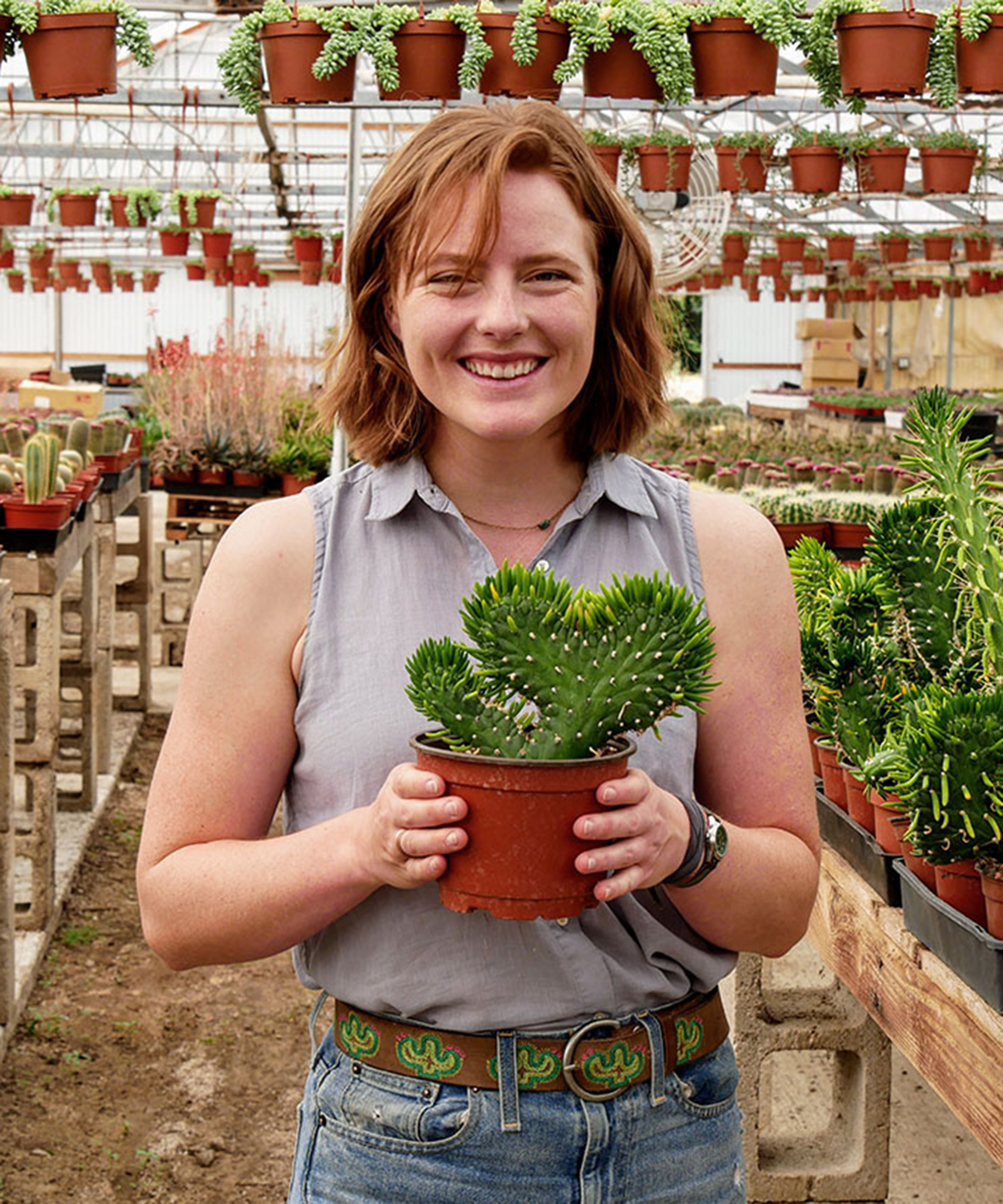
Annie Schreck has been the Research Director and Editor-in-chief for Mountain Crest Gardens since 2018. She has the great pleasure of researching and writing about succulents, sharing plant care tips through MCG's YouTube channel, and helping people cultivate water-wise plants at home and in the landscape.
Provide ghost plants with plenty of light
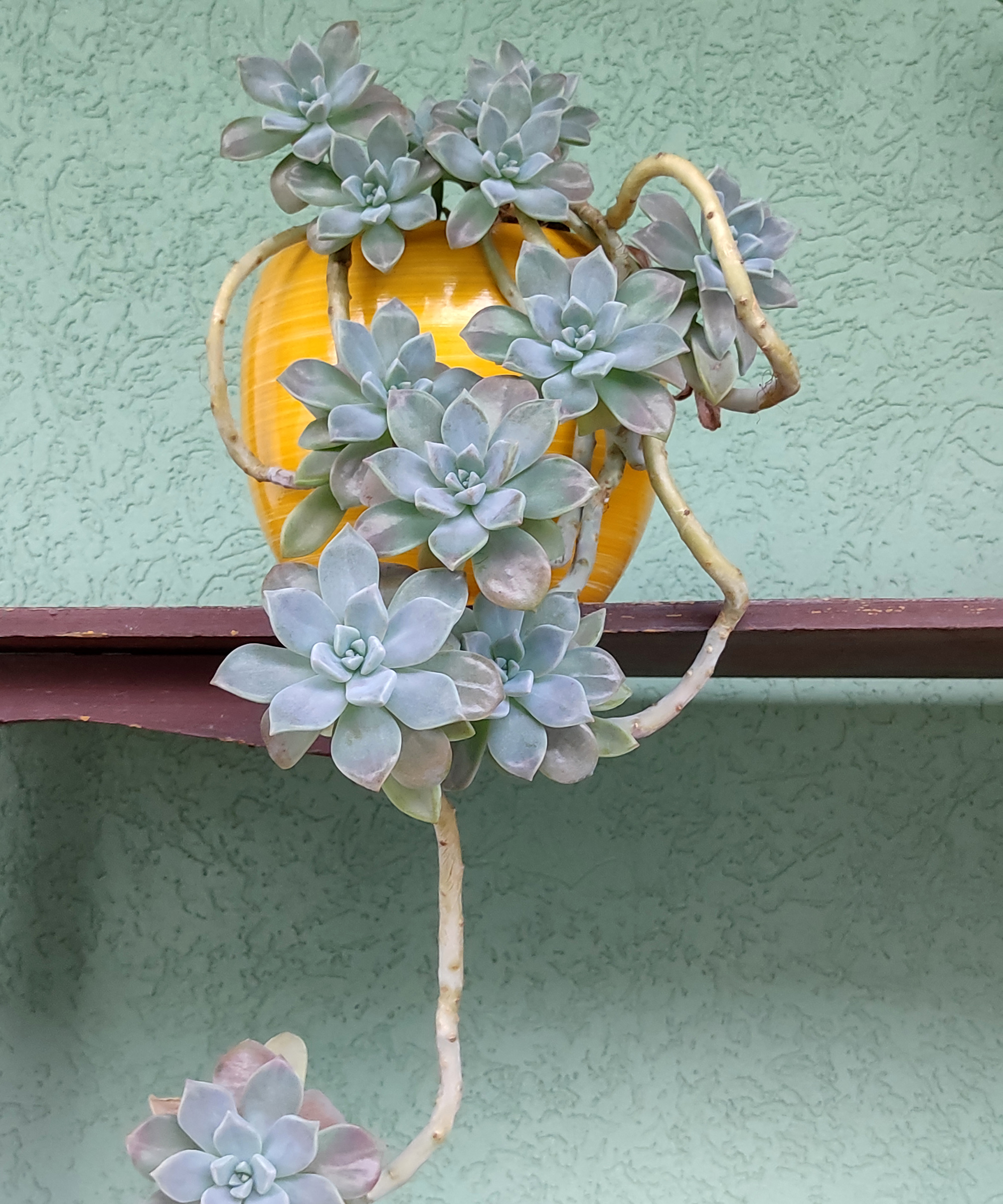
'Graptopetalum, like all ghost plants, need lots of full, direct sunlight,' says Annie. 'They are adapted to growing on sunny cliff sides, and if they're grown indoors with insufficient light they will fade and stretch with long, leggy stems.
'To avoid this, grow them on your sunniest sill, supplement with grow lights, and/or revive succulents by moving them outdoors when there is no chance of frost,' she says.
Different light levels can also affect the color of the rosettes. More light can cause delightful pinkish tints.
These LED grow lights can be clamped to the edge of a table and adjusted to light up your indoor plants as needed.
Be responsive, rather than scheduled, with watering
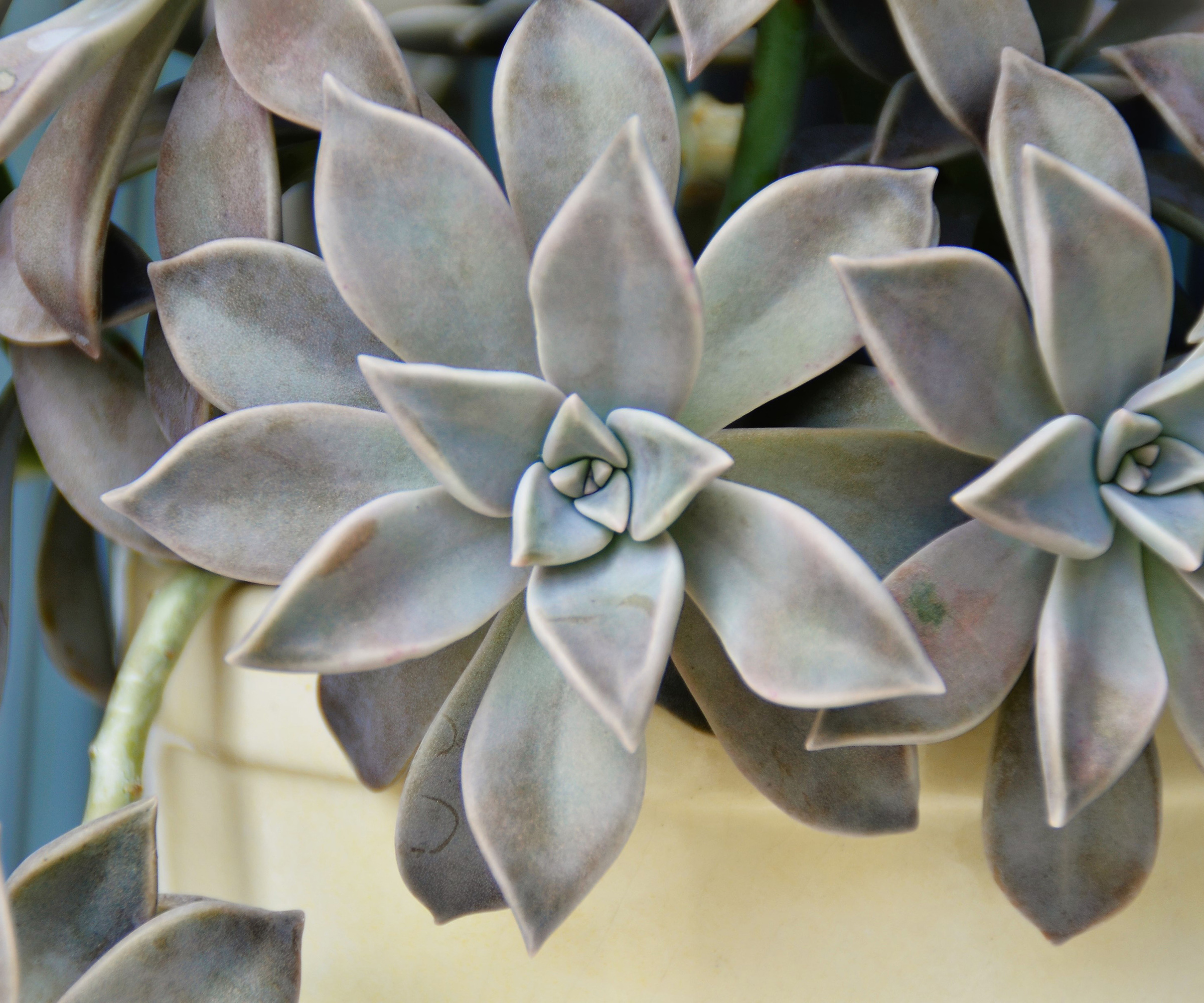
'Succulents should only be watered when their soil is completely dry and the leaves start to feel more flexible or show wrinkles,' says Annie.
'Instead of watering on a set schedule, choose when to water succulents like ghost plants in response to signs of thirst from your ghost plants. Succulents are well-adapted to tolerate drought but not over-watering,' she adds.
If you're in doubt, it's safer to wait a while longer before watering and water them deeply once they are truly thirsty.
Fertilize rarely and only when necessary

'Succulents are not heavy feeders and many growers find no need to fertilize them,' says Annie. 'Re-potting your ghost plants in fresh soil every couple years is often sufficient to replenish their soil nutrition.'
If you really want to fertilize your ghost plants however, to encourage growth, Annie suggests applying a balanced fertilizer, diluted 50/50 with water, up to once a month in the spring and summer growing season.
There is special soil to use for succulents, such as this succulent and cactus soil at Perfect Plants.
Keep them in warm and humid conditions
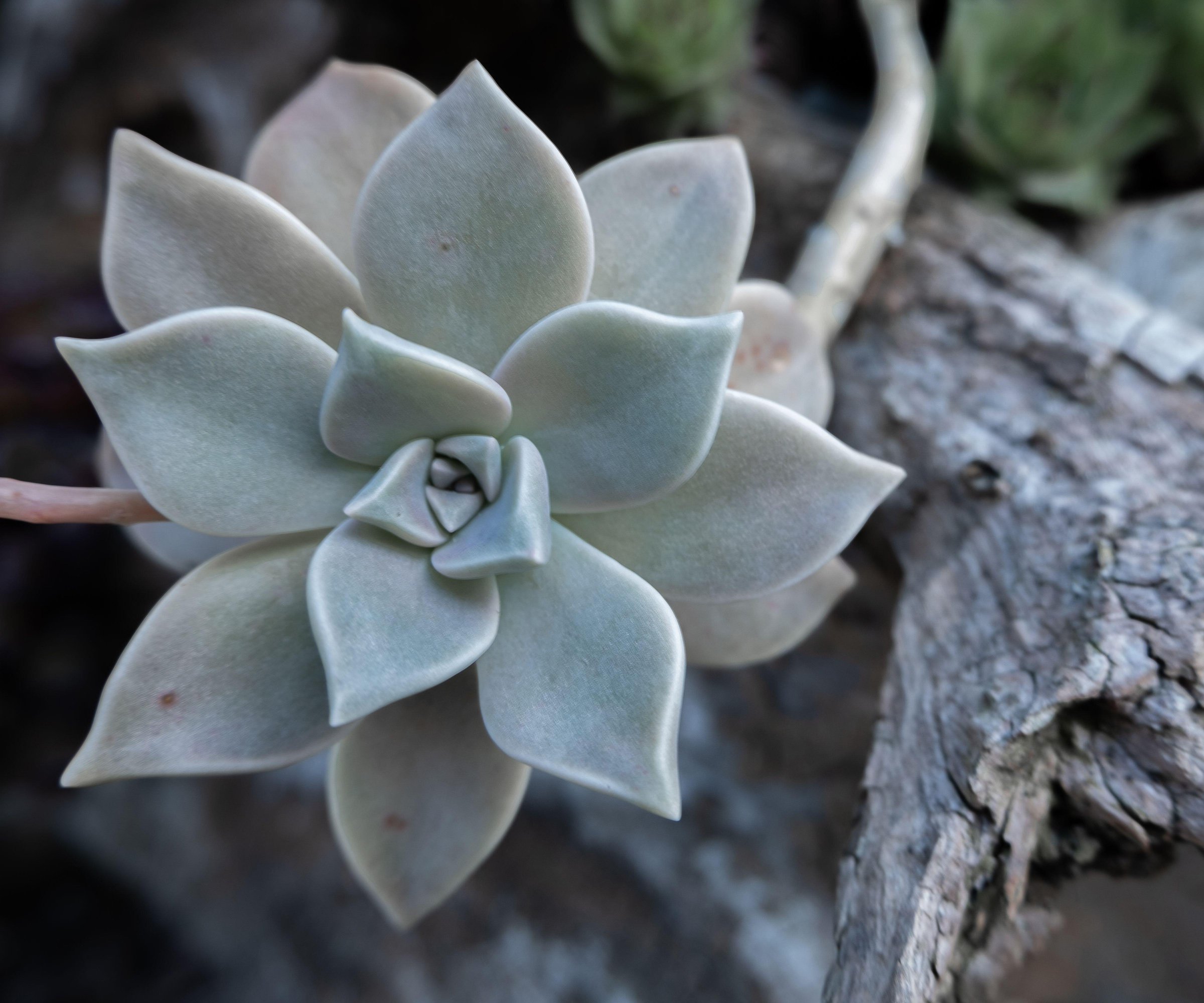
'Ghost plants will not tolerate temperatures below freezing but handle high heat quite well,' says Annie.
'Humidity can cause rot in succulents so be sure not to mist them, or keep them as bathroom plants, and to plant them in very gritty, well-draining soil like Bonsai Jack's Gritty Mix.'
Look out for pests
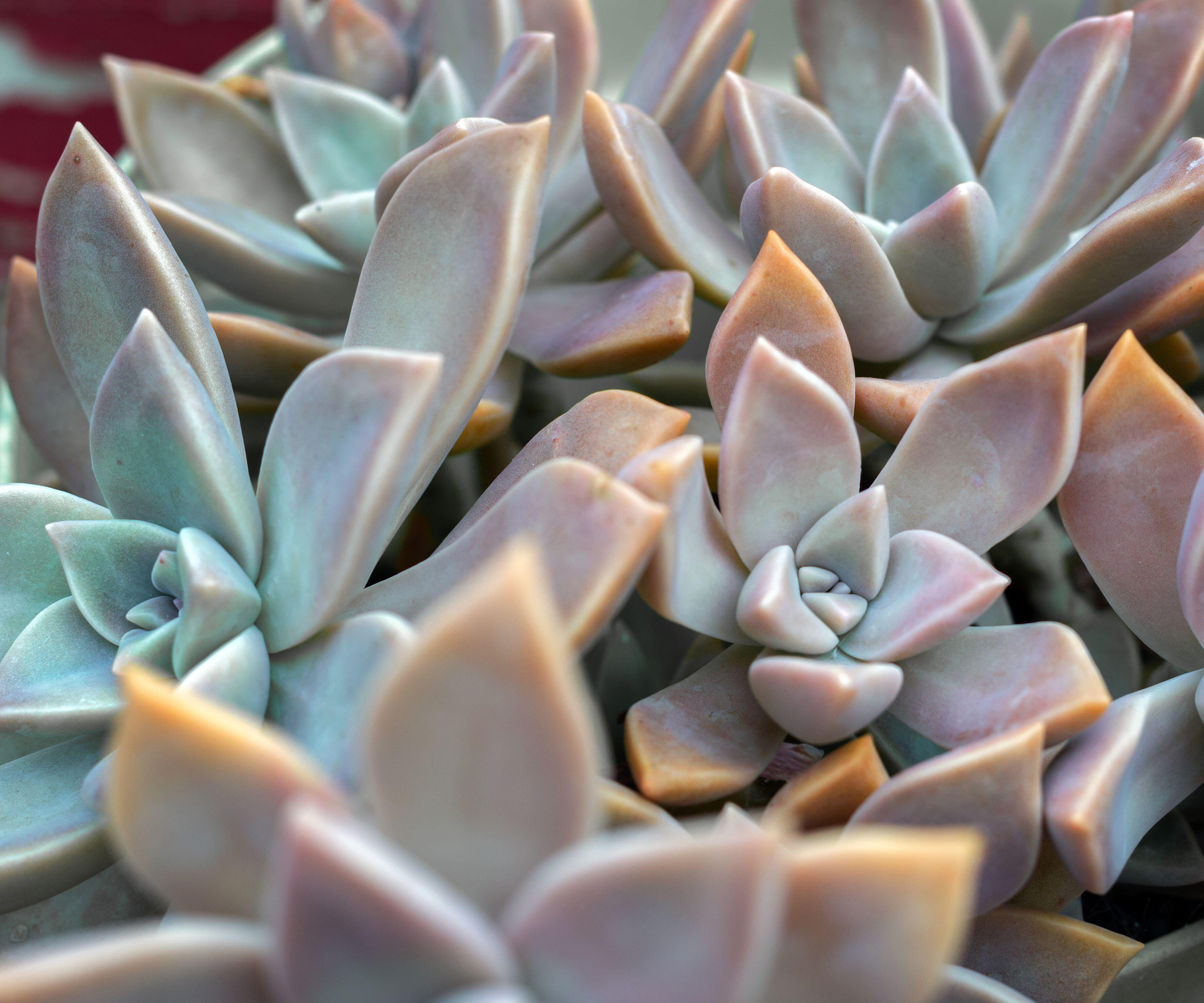
'The most common succulent pests and diseases are mealybugs (which look like white, woolly fluff) and rot,' says Annie.
Giving the succulent everything it needs is the best way to avoid problems. Ensure your soil is sufficiently well-draining, with plenty of horticultural grit. And that you are growing it in a pot with drainage holes.
'Mealybugs can be prevented with good airflow, and infrequent watering,' says Annie.
FAQs
How do you propagate ghost plants?
According to Annie Schreck Research Director & Editor-in-Chief at Mountain Crest Gardens, ghost plants are fun and easy to propagate. She shares her method on how to propagate succulent ghost plants below:
- Gently pull a large, healthy leaf off a stem or use a sharp, clean knife to cut a whole rosette off.
- Plant the leaf or cutting into fresh soil and place it on a sunny sill. Keep the soil lightly damp but not soggy and they can grow fresh roots in 2-4 weeks.
- A very gentle tug will tell you if they have established mature roots. Once they have, you can water them like a normal succulent i.e. when the soil is dry and the leaves feel less firm.
Do ghost plants need repotting?
Unlike many indoor plants, ghost plants actually thrive when they're a little root-bound and Annie Schreck Research Director & Editor-in-Chief at Mountain Crest Gardens tells us that smaller containers can help prevent over-watering.
'If after several years they're so crowded that you can no longer see soil from above, that is a good sign that it's time to remove it from its pot, separate out some stems, and replant them into multiple containers,' says Annie.
If you've been enchanted by these beautiful succulents, see what you could grow them alongside in your home with other indoor plants for direct sunlight.

Teresa was part of a team that launched Easy Gardens magazine two years ago and edited it for some time. Teresa has been a Gardens Editor at Homes & Gardens, Country Homes & Interiors and Living Etc magazine since 2020 and has developed close working relationships with top garden designers, and has been exposed to an array of rich garden content and expertise.
